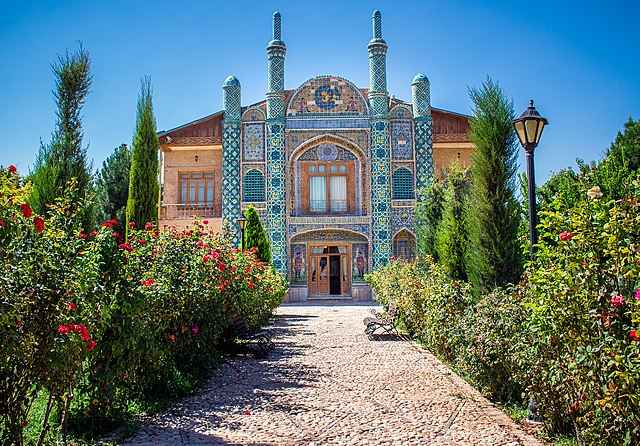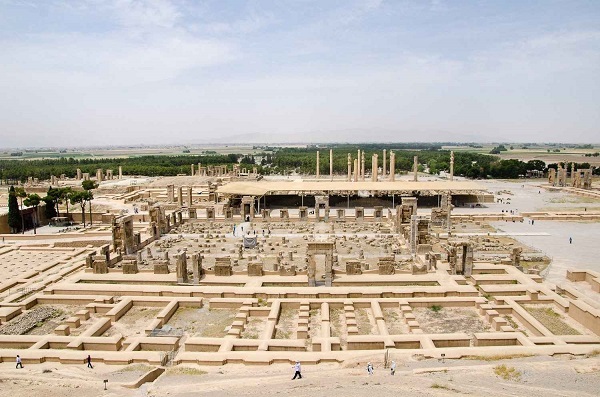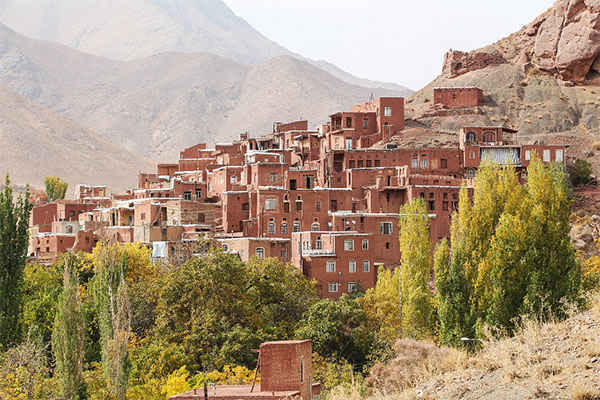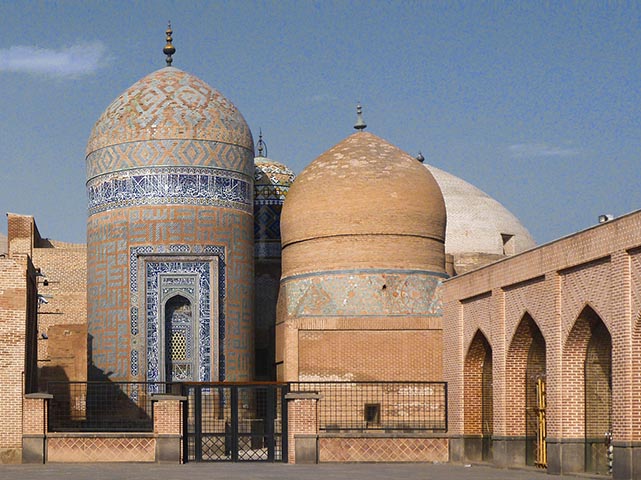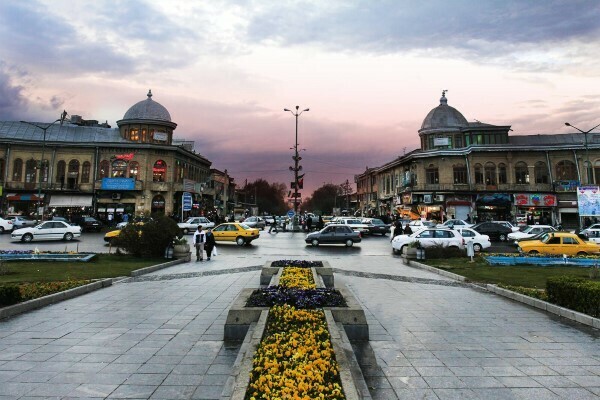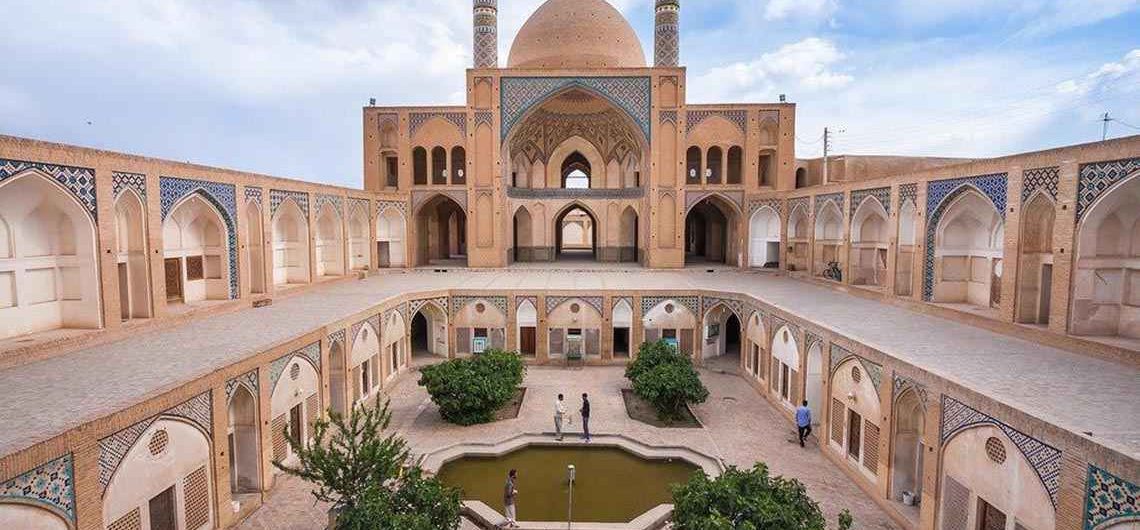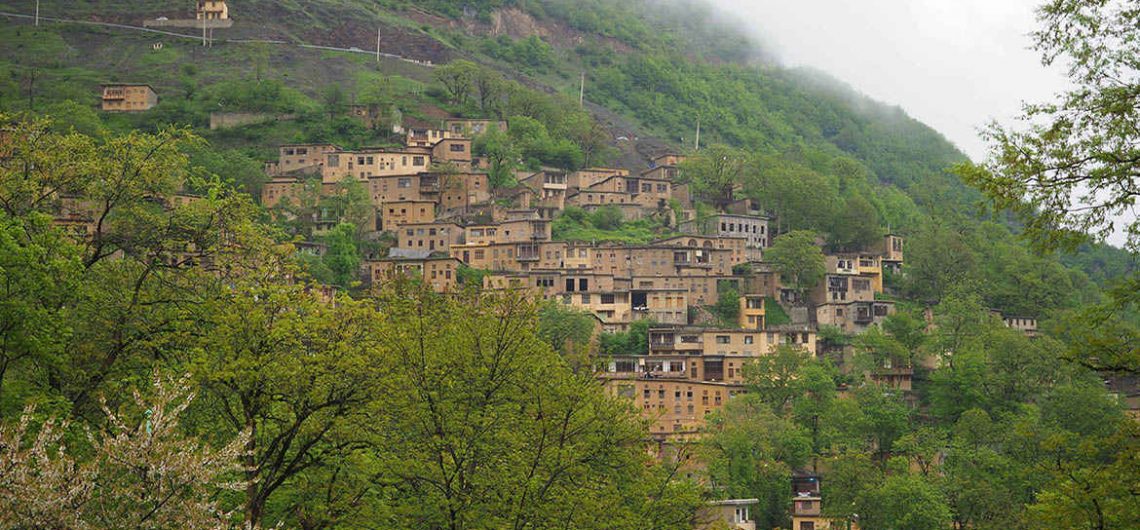Cyrus the Great The founder of the Persian Empire (An empire that at its peak ruled in 50% of the world population at the time.) Lived in the 6th century BC, Cyrus II the Great was an extraordinary character, celebrated by the ancients for his great deeds. He conquered Media, Lydia and the Babylonian Empire, giving birth to the Persian Empire. During his reign the Jews, deported to Babylon by Nebuchadnezzar, were able to return to Palestine. History and legend Cyrus was born Mandane, daughter of Astyages king of the Medes, and Cambyses, king of the Persians. Herodotus tells how, at the birth of Cyrus, some premonitory dreams had announced to Astiage that his nephew would dominate Asia. Astiage, fearful, gave orders to the faithful Arpago to put down the child. Harpagus, however, would not do such a crime and gave the baby to a shepherd because he abandoned the mountains, exposed to wild beasts. But the pastor, his wife having given birth to a dead baby in those days, he decided to raise the little Cyrus to Harpagus showing the body of her dead son. The child's reason abandoned to wild beasts, or the current because predestined by the oracles to extraordinary events, is among many peoples: the oldest we know is related to King Sargon (Mesopotamia), who founded the empire of Akkad, but also remember Paride , son of the king of Troy Priam, and Oedipus of Thebes, in addition to the most famous cases of Moses and the twins Romulus and Remus. Astyages, Cyrus met a youth, he knew immediately that his command had been disregarded, but it was too late. When Cyrus, who succeeded his father in 558 BC, rebelled and waged war on the Medes, Astiage was defeated (550 BC) and lost the throne. From
Cyrus the Great
The founder of the Persian Empire
(An empire that at its peak ruled in 50% of the world population at the time.)
Lived in the 6th century BC, Cyrus II the Great was an extraordinary character, celebrated by the ancients for his great deeds. He conquered Media, Lydia and the Babylonian Empire, giving birth to the Persian Empire. During his reign the Jews, deported to Babylon by Nebuchadnezzar, were able to return to Palestine.
History and legend
Cyrus was born Mandane, daughter of Astyages king of the Medes, and Cambyses, king of the Persians. Herodotus tells how, at the birth of Cyrus, some premonitory dreams had announced to Astiage that his nephew would dominate Asia. Astiage, fearful, gave orders to the faithful Arpago to put down the child. Harpagus, however, would not do such a crime and gave the baby to a shepherd because he abandoned the mountains, exposed to wild beasts. But the pastor, his wife having given birth to a dead baby in those days, he decided to raise the little Cyrus to Harpagus showing the body of her dead son. The child’s reason abandoned to wild beasts, or the current because predestined by the oracles to extraordinary events, is among many peoples: the oldest we know is related to King Sargon (Mesopotamia), who founded the empire of Akkad, but also remember Paride , son of the king of Troy Priam, and Oedipus of Thebes, in addition to the most famous cases of Moses and the twins Romulus and Remus. Astyages, Cyrus met a youth, he knew immediately that his command had been disregarded, but it was too late. When Cyrus, who succeeded his father in 558 BC, rebelled and waged war on the Medes, Astiage was defeated (550 BC) and lost the throne. From this moment it was the Persians who dominated the Medes.
The first years of the reign
In 559, on the death of Cambyses I, Ciro became Great King, despite being still a vassal of the Medes. Ciro was king of Anšan, where the ancient military traditions that the Medes were losing were preserved. As soon as he ascended the throne, Cyrus tried to strengthen his family’s power over the other Persian tribes and to do this he relied on the new king of Babylon, Nabonidus, who intended to expand his empire to the east and overthrow the Medes. With the passage of time, Nabonidus succeeded to feed the uprising of Cyrus against Medi. In fact, now that the struggle between the Persian tribes was almost extinguished, Cyrus cast his shadow on the Medes of Astiage, who could no longer count on a strong army. In addition, all the local populations were not solidly linked to the king of the kings of Media, who had great difficulty in governing the empire. Astyages, son of Cyaxares did not enjoy his father’s charisma or even his diplomatic vision. The old king of the Medes, in fact, had been the promoter, as we read in the text of Herodotus, of a system of “balance of powers” ante litteram between the regional powers, in order to maintain the status quo and prevent the rebirth of hegemonic power such as Assyria which had just been overthrown (614 BC – 609 BC). Such assigned policy, in practice, the “areas of influence” with the following powers: Media (expansion into India and Pamir), Egypt (expansion towards Nubia and Libya), Babylon (expansion to Arabia), Sparta (expansion towards Greece and the Balkans), Lydia (expansion towards the Caucasus and Crimea). Ciro, relying now on one, now on the other regional power, managed to subdue them all, one at a time.
The conquest of Lydia
Concerned about that victory, Croesus, king of Lydia (modern-central Turkey), he fought against Cyrus, but between 550 and 540 BC, had to retreat to his capital, Sardis, where he prepared to sustain the siege, asking reinforcements its allies Babylonians, Egyptians and Spartans. But these did not have time to arrive. Herodotus tells how, defeated Croesus and conquered Sardis, Cyrus decided to slay Croesus, burning at the stake. It was said that Croesus was extraordinarily rich and had one day shown such wealth to the Athenian sage Solon, who was his guest. Solon, far from being impressed, warned Croesus about the instability of fortune, subject to sudden changes. When the flames were lit, Croesus remembered those words of wisdom and invoked the name of Solon. Intrigued, Cyrus questioned Croesus who told him about the episode: realizing the ugly action he was about to perform, he saved Croesus who, from that moment on, became his trusted adviser.
The conquest of Babylon
The conquest that most of all sanctioned the role of Persia as the dominant power, however, was that of Babylon. The clergy of Babylon, devoted to the cult of the god Marduk, were in contrast with King Nabonidus and favored the triumph of Cyrus, who thus entered in 539 BC. to Babylon without a fight. With great political wisdom, Cyrus on the one hand confirmed the Babylonian officials in their previous roles, while on the other hand, with the help of the clergy, he presented himself as the king that the god Marduk had chosen for his people. Even the Jewish tradition – referring to these ancient events – attributed to Cyrus the role of liberator, because it allowed the return to Palestine of the Jews, deported to Babylon by the victorious Nebuchadnezzar, and the reconstruction of the temple in Jerusalem, which the Babylonians had destroyed. Both tradition attributes generosity to Cyrus towards the vanquished, but so much does he remember his iron fist against the rebels and conspirators. Compacted this gigantic empire, Cyrus turned his eastern Iran aims and attacked the Massagetae nomads, ruled by Queen Tomyris. He laid a trap into which the queen’s son, who was taken prisoner, fell rashly. The young man, for the dishonor, killed himself and the fury of the queen was unleashed: the Persian army was defeated (530 BC) and Tomyris, found the corpse of Cyrus.
The last years of Cyrus
Following the conquest of Babylon, Cyrus returned to Persia as King of the Universe, that is, as the holder of all the royal titles of Mesopotamia and Asia Minor. Cyrus was king of Sumer, Akkad, the Hittites, the Assyrians and the Medes, as well as the Persians. However, he failed to bring about the political transformation of the Persian state he had in mind. In fact, when in 530 he died fighting the tribes of Central Asia (Massageti) who threatened the eastern satrapies, his project was not yet completed and his body was taken to his first capital in Pasargada near Shiraz in Iran.
The cylinder of Cyrus
Manshure Kurosh is an ancient cylindrical block of clay on which there is a cuneiform Akkadian inscription of king Cyrus with which the ruler legitimizes his conquest of Babylon and tries to win the favor of his new subjects. was discovered in the ruins of the ancient city of Babylon in Mesopotamia (modern Iraq) in 1879.Attualmente is part of the British Museum’s collection, which sponsored the expedition when it was discovered. It was built and used as a foundation deposit following the Persian conquest of Babylon in 539 BC, when the Neo-Babylonian Empire was invaded by Cyrus and incorporated into his vast Achaemenid empire. The text that can be read on the cylinder praises Cyrus, tells his genealogy and portrays him as a king in a row of kings. The Babylonian king Nabonidus, defeated and deposed by Cyrus, is instead described as an impious oppressor of the people of Babylon and his humble origins are implicitly contrasted with the royal lineage of Cyrus. The victorious Cyrus is portrayed as the chosen one by the main Babylonian god Marduk as the one who would restore peace and order to the region. The text also states that Cyrus was welcomed by the people of Babylon as their new ruler and entered the city peacefully, describing how he was a benefactor who improved the lives of citizens, repatriated deportees, restored temples and places of worship throughout Mesopotamia. The inscription ends with a description of how Cyrus repaired the walls of the city of Babylon. In 1971 the UN translated it into all its official languages. The cylinder decrees the normal themes of Persian rule: religious tolerance, the abolition of slavery, freedom of professional choice and expansion of the empire.
The tomb of Cyrus the Great is in fact the most famous monument in Pasargade
built on six high steps leading to the actual burial, whose chamber has a low and narrow entrance. Alexander the Great paid homage to the mausoleum of Cyrus after the sacking and destruction of Persepolis. Alexander the Great ordered Aristobulus, one of his lieutenants, to enter the building; here he found a gold bed, a laid table, a gilded coffin, some vestments adorned with precious stones and an inscription, which is not visible today.
It is said, in fact, that in the inner chamber Cyrus the Great wrote a message to any conquerors including Alexander the Great that after hearing the words of Cyrus the Great he would start to cry:
“O man
Whoever you are,
and whenever you come,
Since I know that you will come,
I am Cyrus
I conquered a world empire for the Persians.
Don’t envy me
for that little land that covers my body! “
The Arab army decided to destroy it, because it was considered to be in contrast with the principles of Islam. But the Persian guardians managed to convince the army commander that the tomb was not built in honor of Cyrus the Great, but of King Solomon’s mother: and the Tomb was saved.


